Ten of the scariest Doctor Who baddies
Doctor Who is at its best when it’s making us hide behind the sofa in fear, yet unable to tear our eyes away from the screen. Robin Brown takes a look at the most memorable monsters and villains encountered by the Doctor.
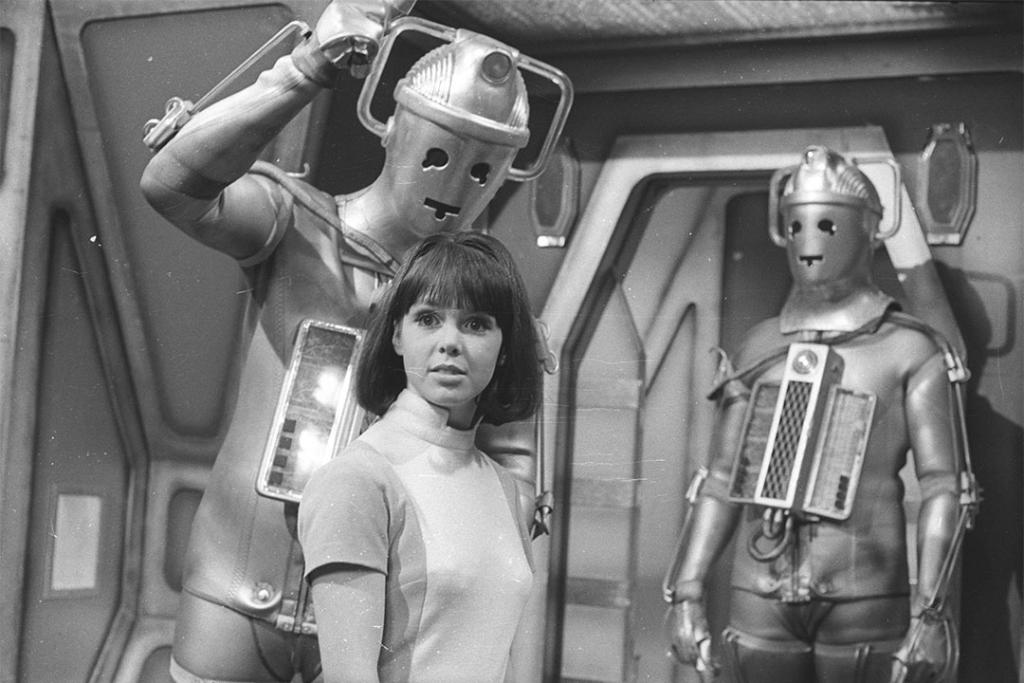
Daleks
It’s nearly 60 years since Daleks first trundled onto our screens, first viewed as a disembodied sink plunger approaching the First Doctor’s companion Barbara from a Dalek point of view shot. Decades later they remain the iconic Doctor Who monster and it’s frequently the reveals of the fascistic pepperpots that make for the most thrilling - and frightening - moments. Whether emerging from the River Thames in The Dalek Invasion of Earth, appearing on a production line in their dozens in The Power of the Daleks or exterminating a troop of soldiers at Totter’s Yard, where it all began in Remembrance of the Daleks in 1963, the Daleks have been sending chills down the spines of children and grown-ups alike across generations. But it’s perhaps the Ninth Doctor’s iconic clash with a single Dalek that has survived the Time War that sees the Doctor and his arch-nemesis at their best, as they both realise they may have more in common with one another than they’d like to think
Weeping Angels
The fundamental tension of the Weeping Angels – don’t do something that’s impossible to avoid, or die – is perhaps their most chilling feature. And how many children across the world tried to follow the Doctor’s advice, “don’t blink”? The Angels’ unseen transformations from eerie stone statues to silently screaming terrors, inches from the faces of the people they are stalking, describes a terror that’s unknowable, Stephen Moffatt exploring the outer reaches of what makes aliens, well, alien. The Angels are quantum locked, meaning they can’t move, can’t exist, while they are observed. How’s that for an exploration of the finer points of empiricism at 7pm on a Saturday night?
Voc robots
Perhaps Doctor Who’s most stylish baddies, the Voc robots from the Tom Baker story The Robots of Death is the show doing Asimov on a BBC budget, with jelly babies. Its murder-mystery set-up belies an exploration of a society reliant on robots to do their dirty work, specifically on a ship mining for minerals. The Fourth Doctor’s companion, Leela, calls them ‘creepy mechanical men’ and the Doctor explains that the robots exist in an uncanny valley between living human beings and corpses. That can pose problems, when you’re surrounded by them. But what if they go wrong? “Impossible, it’s just impossible!” remonstrates one character. But it’s not – and soon the cast are hunted down by the impassively beautiful robots, intent on wiping out their human overlords at the behest of mad ‘raised-by-robots’ scientist, Taren Capel.
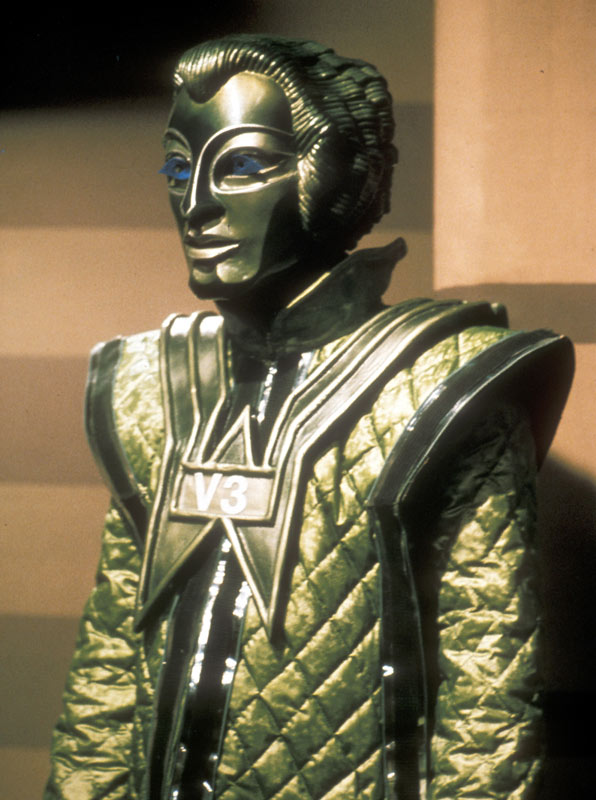
Primords
Back a whopping 52 years in time to one of Jon Pertwee’s first adventures set on an industrial complex to penetrate the earth’s crust, overrun by a frightening pandemic that regresses people into shambling zombies. This era of Doctor Who is full of ‘base under siege’ stories but Inferno subverts it by whisking away the Doctor to a fascistic parallel universe just as the story is, ahem, hotting up. As if that weren’t bad enough the feral, ragged creatures roaming around the “Stahlman Complex” are present here too. The idea of the green sludge being dredged up from the depths of the Earth, devolving anyone it touches to a brutish fury, is disturbing enough, but Inferno is Doctor Who doing zombies that run 30 years before anyone else thought to do it. In a parallel world gone wrong, full of fascistic avatars of familiar, comforting people it’s utterly nightmarish. There’s also yet another frightening subtext: what if the Primords aren’t the infection? What if we are?
The Master
Roger Delgado’s original Master was a gentleman, a Timelord Moriarty to the Doctor’s Holmes: bad, but well-spoken and impeccably mannered. However the Anthony Ainley version (intervening incarnations fall into a desiccated category of their own) cast the mould for all successors: an openly insane megalomaniac that delights in mayhem.
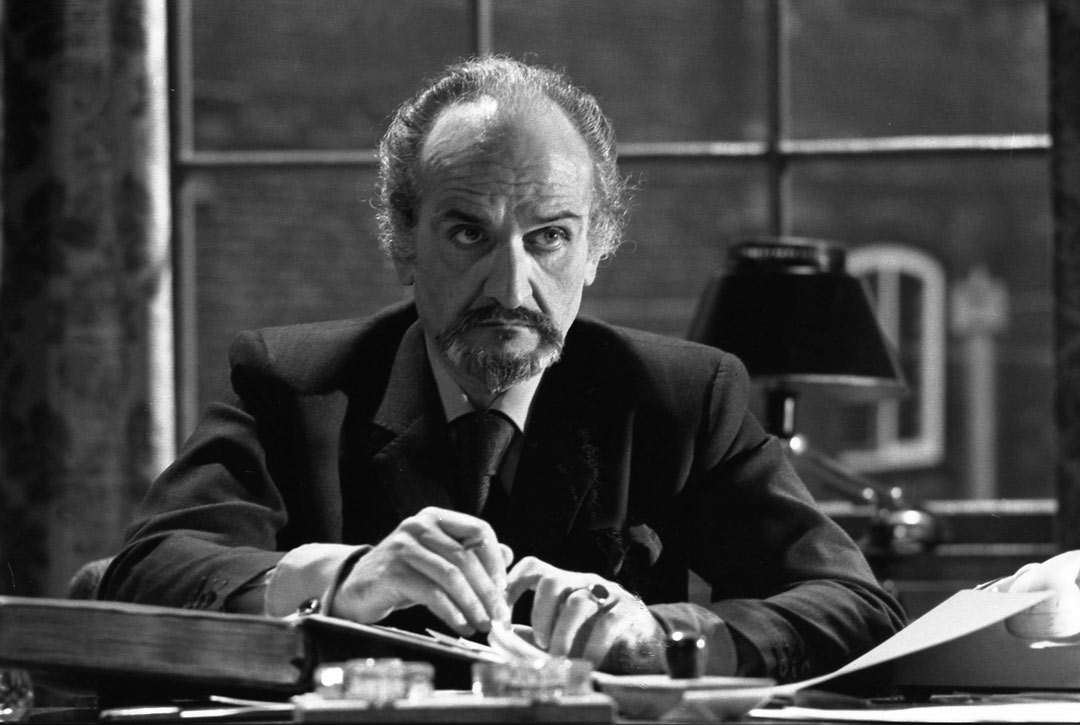
By the time of Survival, the final story of Doctor Who’s original run, he’s infected: devolving into a creature that kills by instinct. In Perivale. While The Master is frequently evil, it’s often with a glint in the eye and a hand proffered in urbane criminality. The Survival Master, all yellow eyes and animal instincts - wrestling with contamination, subversion, regression in a shabby flat in north-west London - is the most giddily disturbing juxtaposition in the show’s 59 years. Such is its power that somehow Doctor Who has broken into the real world and this familiar villain is now a real monster. Fearful, atavistic and vicious – and here to kill you.

Midnight Creature
Arguably Russell T Davies’ one unashamedly horrifying episode, Midnight features a creature that copies a person’s language and, by doing so, becomes them. It’s a fundamentally uncanny notion that only the Doctor initially recognises: somehow, through their language and mannerisms, the creature is assimilating their voice, their essence, their very being. We don’t ever understand the creature’s motivations – hunger? curiosity? survival? – its background, even its name. Midnight’s lack of interest in resolving these questions only serves to emphasise the creature’s otherness. Meanwhile, Lesley Sharp’s performance as possessed Sky Silvestry – first repeating the frightened questions of the unnerved onlookers, then synchronising, before draining people’ voices – is a masterclass in sly intent. When the Doctor finally succumbs it’s the sort of moment that makes your hair stand on end.
.
Cybermen
What the Cybermen are decidedly not is perhaps more important – and scary - than what they are. For the cybernetic creatures from the earth’s long-lost twin planet Mondas are part-machinery and part-flesh; human-like men and women driven to extend their life and abilities in a desperate bid to survive. Cybermen don’t kill you - they make you like them and it’s spelled out over the decades that this is truly a fate worse than death. Creators Kit Pedler and Gerry Davis were inspired by the increase in artificial organs and transplants of the mid-60s and it’s in these grey areas between man and machine – the human hands in The Tenth Planet (later seen as the Mondasian Cybermen encountered by the Twelfth Doctor), body horror of Attack of the Cybermen and animated suits of armour powered by human brains seeking fresh meat of The Pandorica Opens – that the Cybermen are at their most horrifying.
Maggots
Locked into the folk memories of millions of people is ‘the one with the maggots’. The Green Death (yes, more green slime that’s best avoided) is an environmental parable from 50 years ago that sees Jon Pertwee’s Third Doctor battle corporate greed, an insane computer and ravenous dog-sized grubs. In Wales. Grown fat on toxic waste, the indestructible maggots terrorise the local community and the Doctor must find a way to defeat them before they pupate (the fight between the cloaked Pertwee and a stop-motion giant fly spitting emerald venom is a distinct highlight) and spread their green death across the world.
The Silence
Hard to forget – until they’re impossible to remember - The Silence are another Moffat special that play with the senses to disturbing effect. Manipulating mankind to their own ends, The Silence are hidden persuaders – insofar as they are hiding in plain sight. But turn away from them and they are forgotten. It’s another neat sense-perception trick but the Scream-like faces juxtaposed with their smart black suits give a chilling spectral presence.
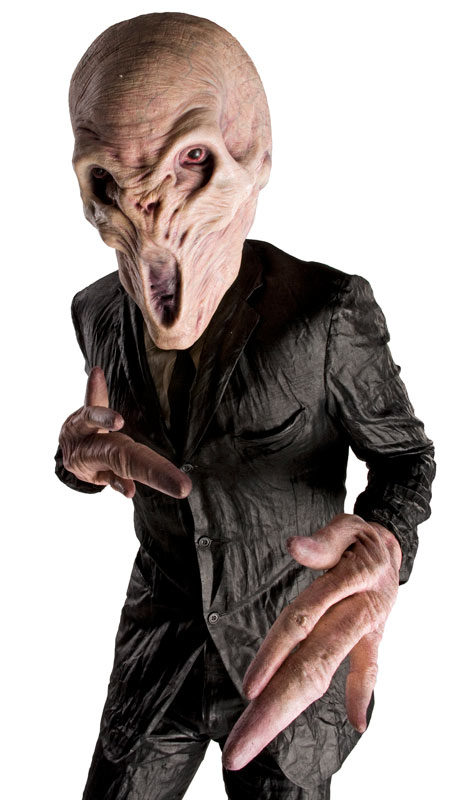
Yeti
Not flesh and blood, but unkillable robots controlled by the disembodied, Lovecraftian Great Intelligence, the Yeti first appear in deepest Tibet, before the Second Doctor encounters them in the 60s London Underground. The sheer oddity of the spectacle – an uncanny dissonance memorialised by Jon Pertwee as “a Yeti on your loo in Tooting Bec” – combines with a pulsating, glowing web slowly parasitising the tube tunnels to make one of Doctor Who’s most recognisable images: an abandoned London as if cast into a Hellish parallel universe. Doctor Who’s own fantastic rules are suspended amid the empty tunnels and stations of London for an exercise in pure, baroque terror.
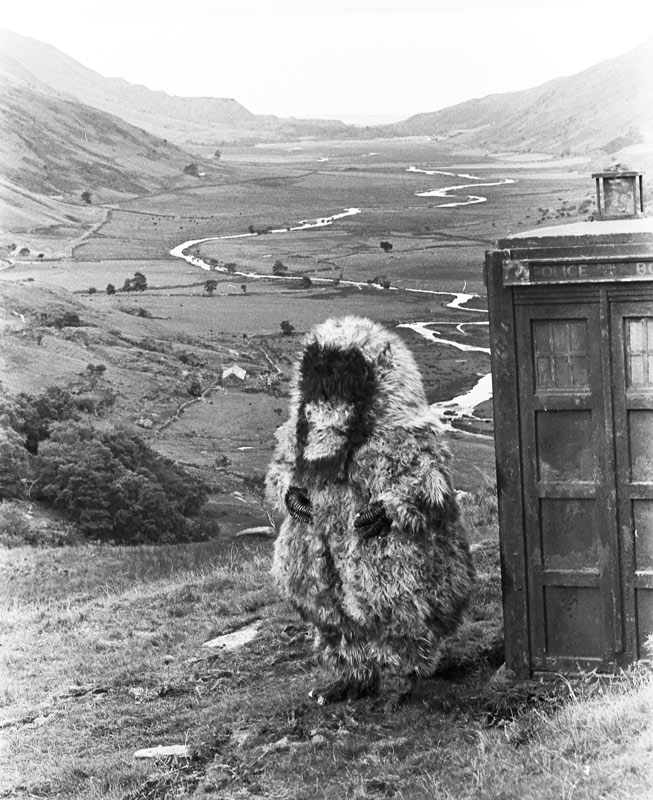
All images © BBC
